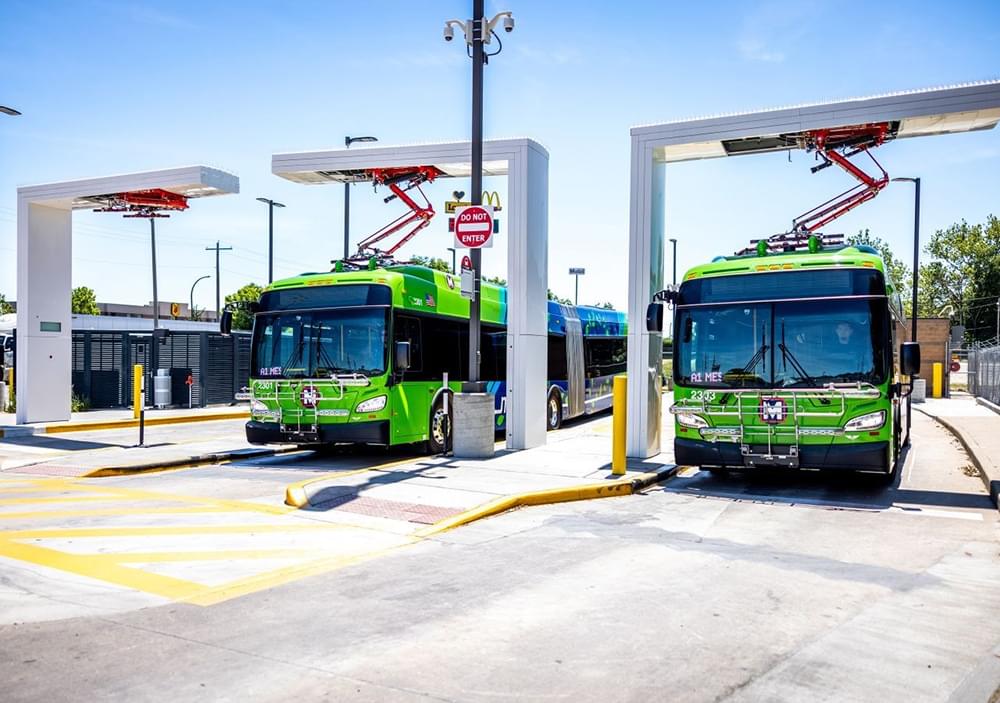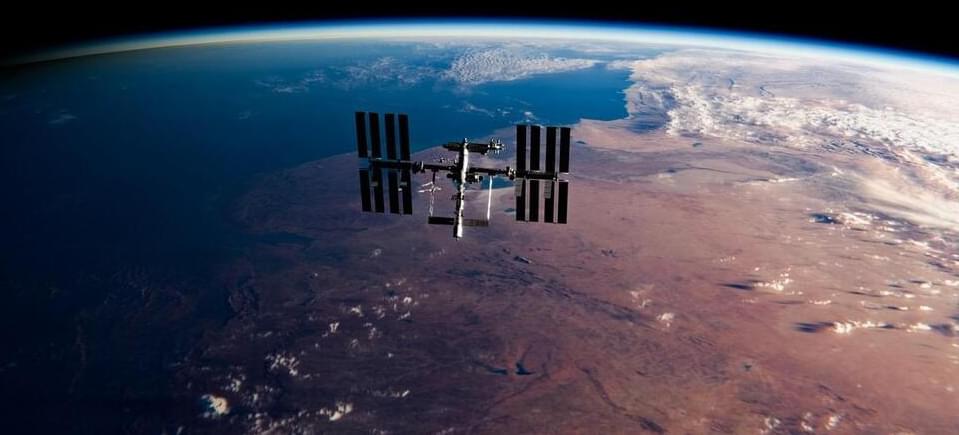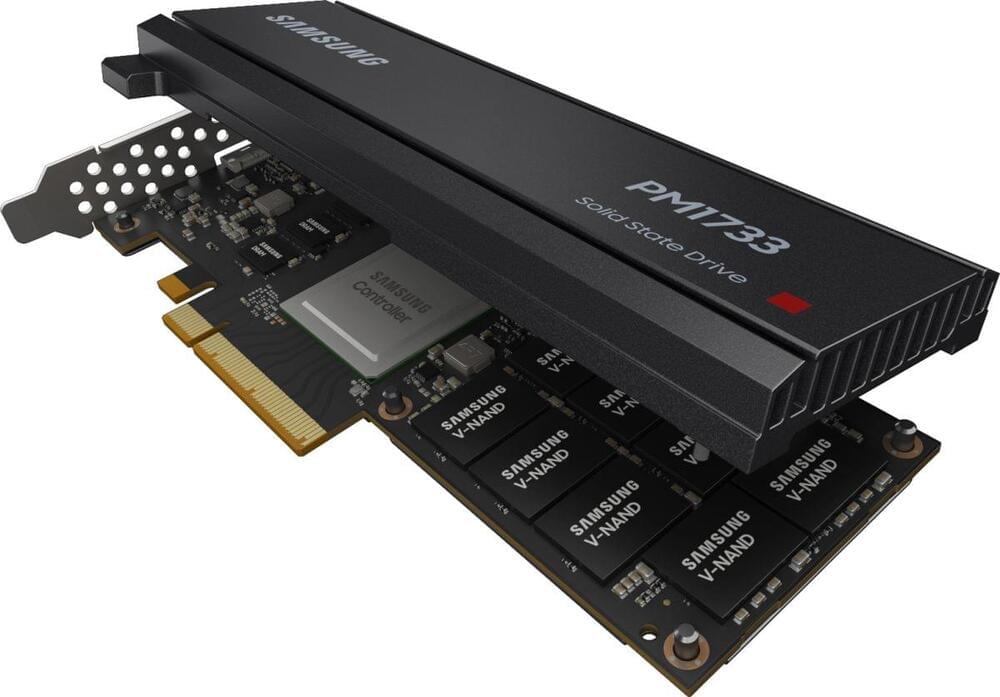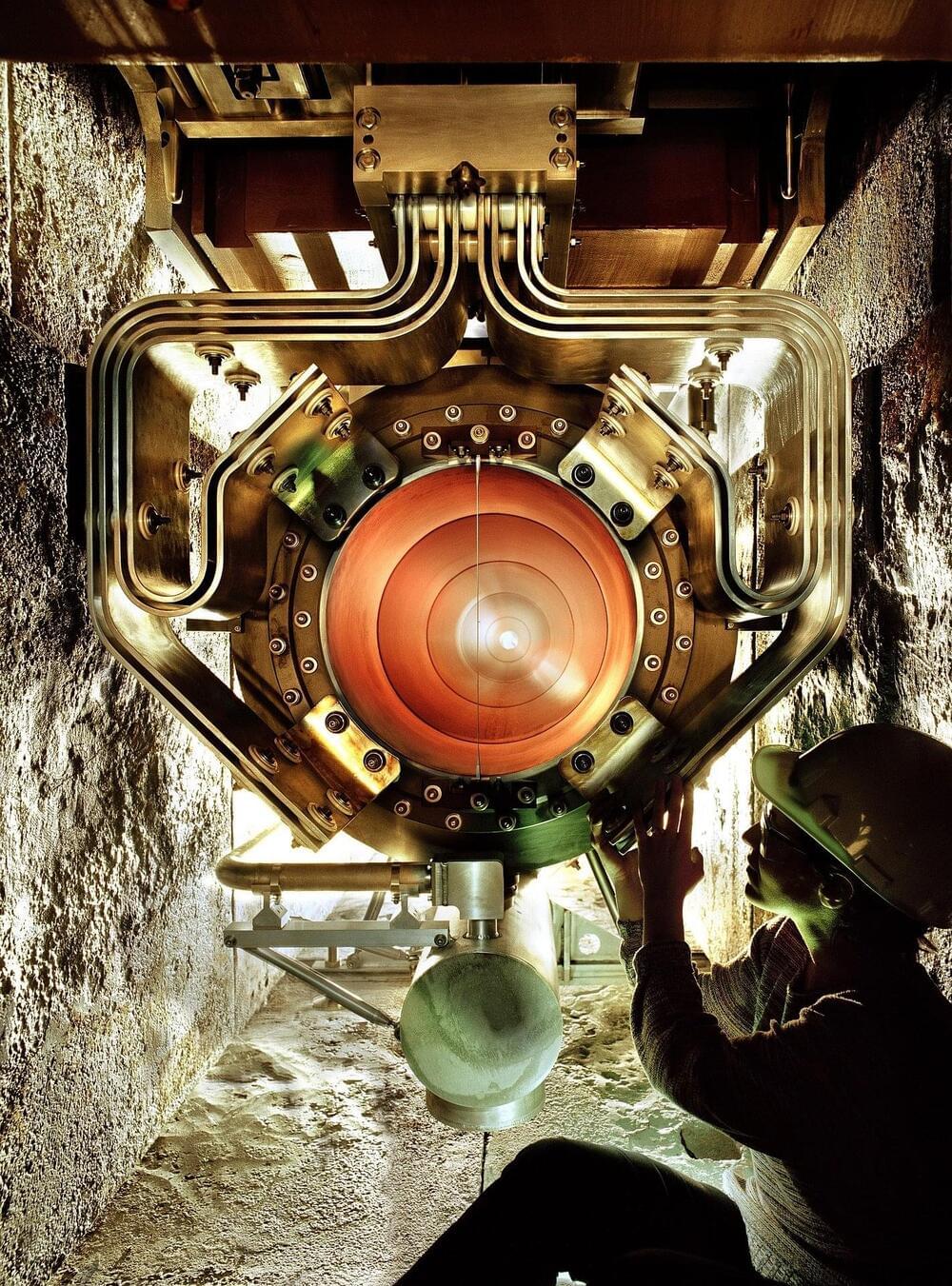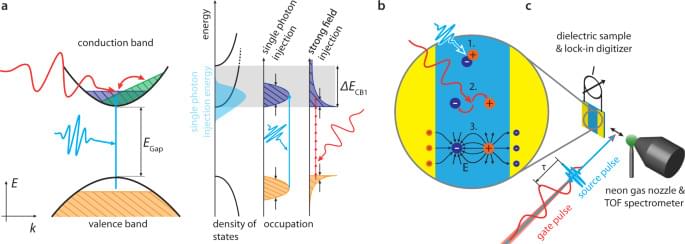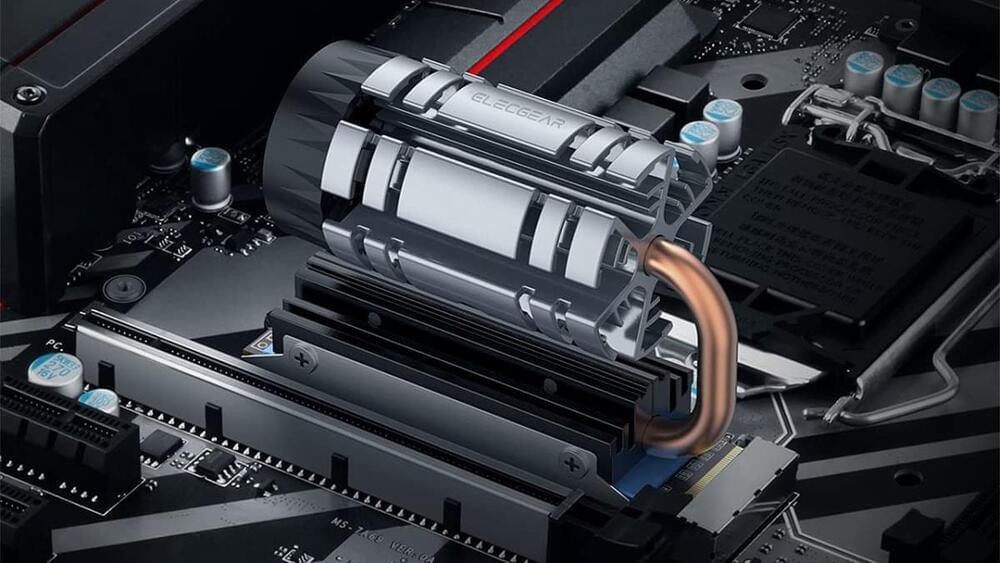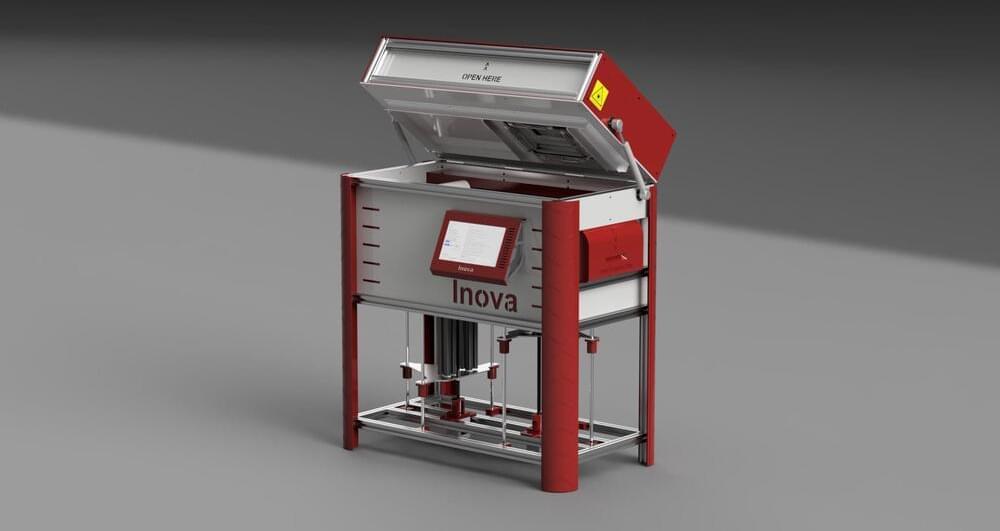Apr 2, 2022
The Real Minesweepers Are Changing Lives and Saving Limbs
Posted by Gemechu Taye in categories: electronics, materials
And it could mean signs of the war will remain for a long time. Reports are in that Russian forces are laying “smart” landmines in Ukraine that are only able to target soldiers. Called the POM-3 “Medallion” landmine, these anti-personal weapons are activated, allegedly, specialist seismic target sensors.
Once the conflict ends, it is important to begin the process of “demining.” The goal is to clear the land of any explosive devices that pose a risk to the population. Currently, there are an estimated 110 million landmines scattered across dozens of war-torn countries, and approximately 26,000 people per year (or roughly 70 people per day) die due to these devices.
Many die while trying to collect parts of the metal mines for scrap, or by accidentally triggering the mines. Here’s a look at a few different technologies, both old and new, that are working to clear affected areas of these destructive weapons.
Continue reading “The Real Minesweepers Are Changing Lives and Saving Limbs” »


